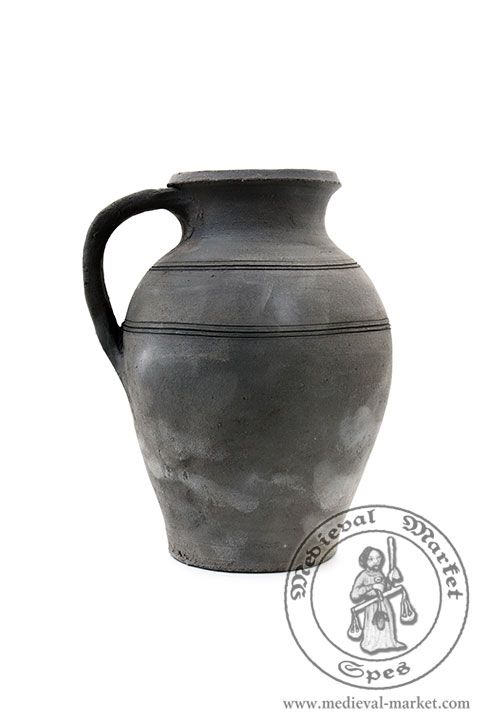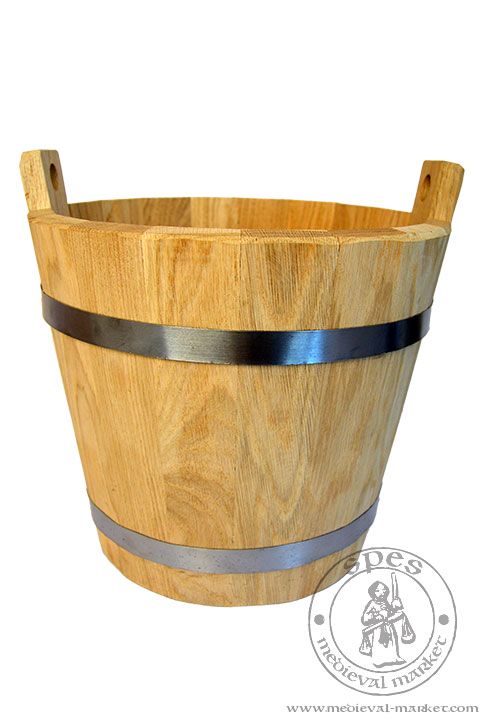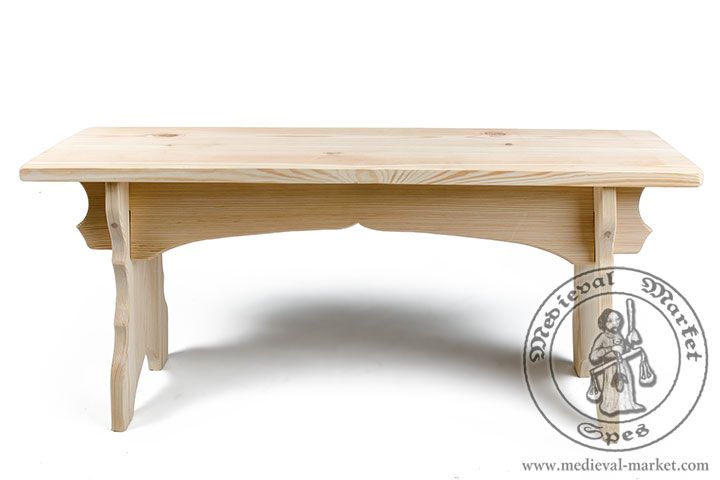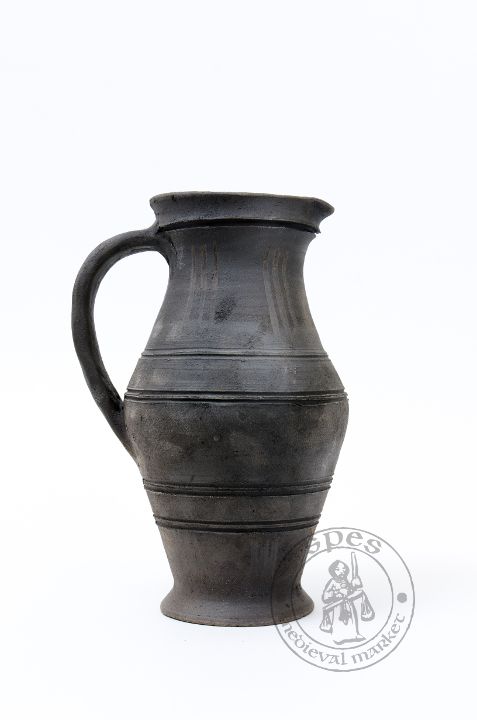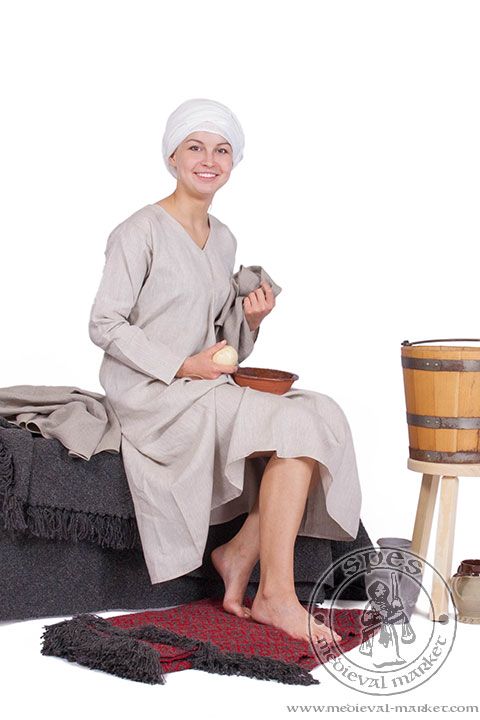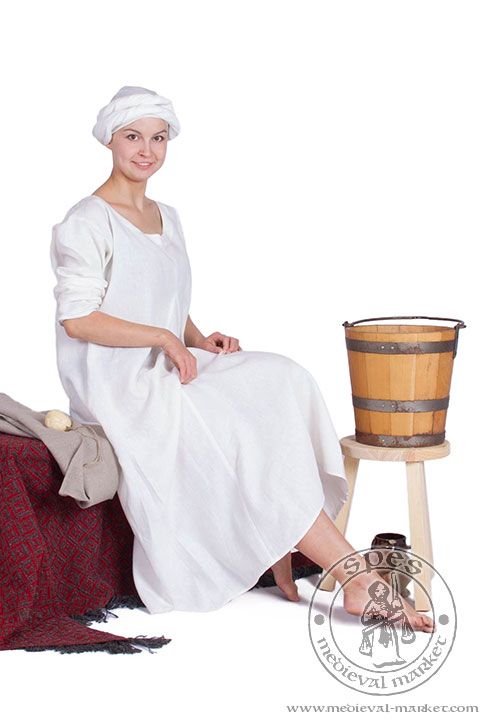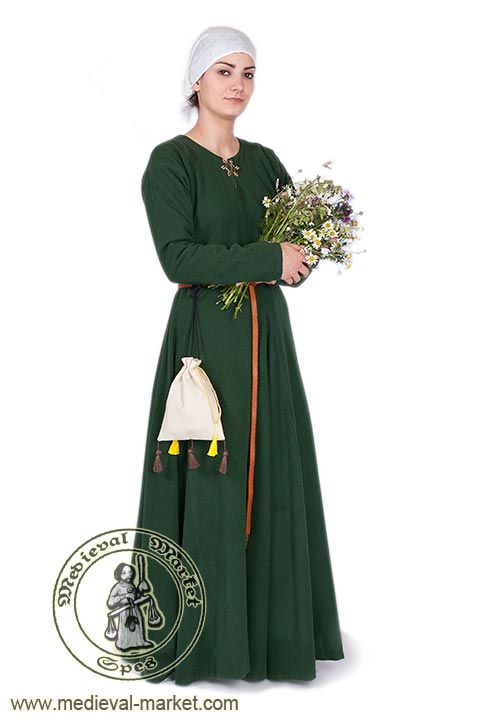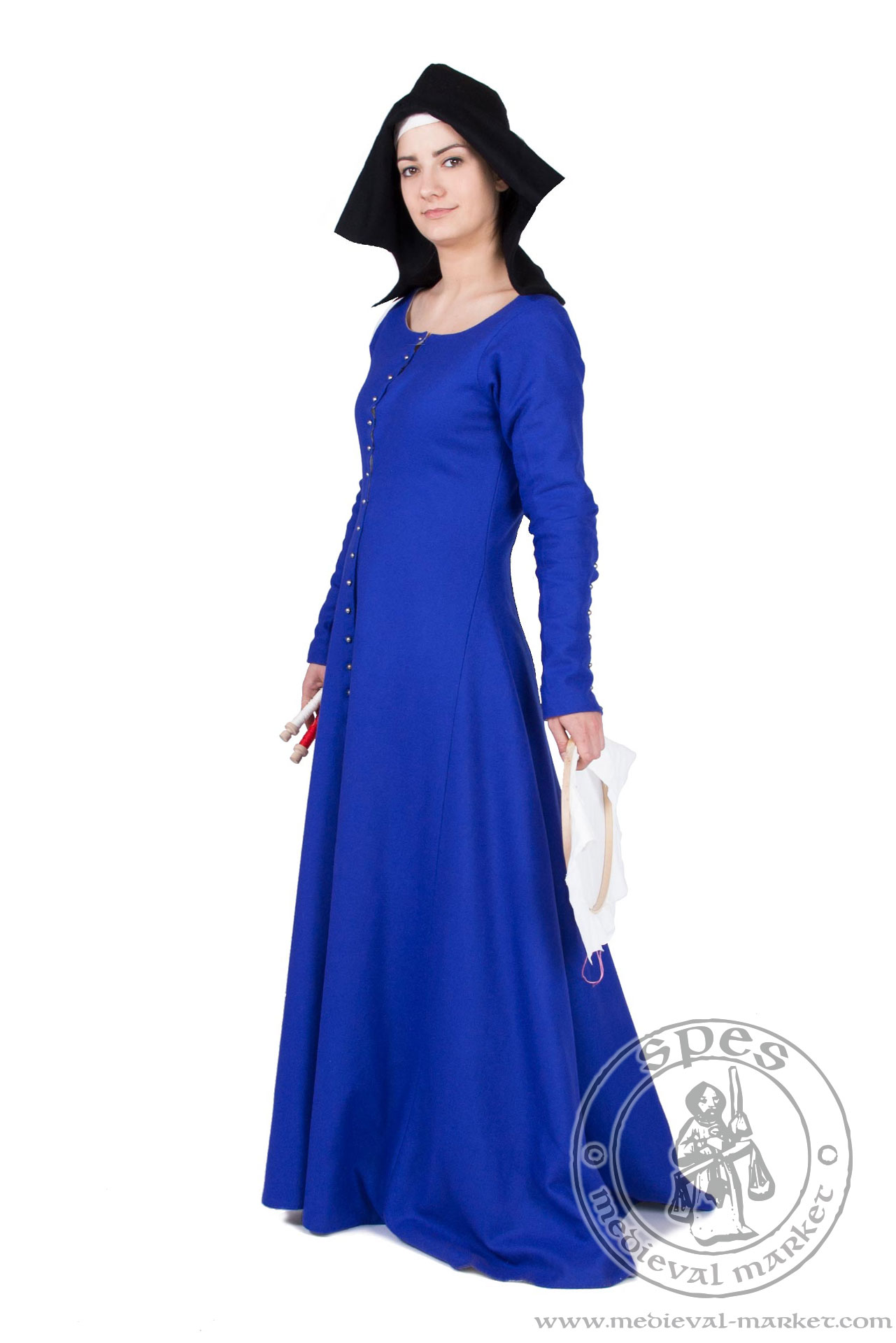This website uses cookies according to the Privacy Policy. By continuing to use the site you are agreeing to our use of cookies.
If you wish to adjust your cookie preferences for this website, you can do so using your browser settings.
If you wish to adjust your cookie preferences for this website, you can do so using your browser settings.



×
Automatic translation may cause errors - if you have encountered difficulties in placing an order, turn off these options in your browser.
Category: Female Clothing > Body Linen
Tight linen chemise
Tight linen chemise
Century: XIV, XV| CODE | Material |
Standard
|
Price | |
| BKLE0047 | Underwear linen | Machine-made | 57.00 EUR |
|
| BKLR0049 | Underwear linen | Hand-made | 88.00 EUR |
|
| BKLS0048 | Underwear linen | Mixed | 62.00 EUR |
|
Lowest price in the last 30 days
See how to place an order for several people
Our tight linen chemise is a type of women's medieval shirt worn in 14th and 15th century. It is a basic element of women's medieval underwear.
This tight linen chemise is closely fitted to body shape, it has shoulder straps and it is widened with gussets in waist area. The length of this medieval underwear ends under the knee. Our chemise is made of linen in natural or white color. On customer's request, we can make this medieval shirt in other colors or we can use a different type of fabric, like silk or cotton.
| Size | Chest girth (D1) | Waist girth (D5) | Hips girth (D7) | Height (A1) |
| XS | 76-83cm | 60-67cm | 84-91cm | 155-160cm |
| S | 83-90cm | 67-74cm | 91-98cm | 160-165cm |
| M | 90-97cm | 74-81cm | 98-105cm | 165-170cm |
| L | 97-104cm | 81-88cm | 105-112cm | 170-175cm |
| XL | 104-114cm | 88-98cm | 112-120cm | 175-180cm |
| XXL | 114-124cm | 98-108cm | 120-128cm | 180-185cm |
| Custom | +20% of the chemise basic price | |||
If needed, there is an option of ordering a chemise in a custom size.
Sources for tight chemises
Examples of tight chemises can be found on illustrations in the Bible of Wenceslaus IV.Main Features
- made of natural, sheer linen- with historically correct sleeveless design
- fitted to body shape
Underwear in the Middle Ages
The role of medieval underwear was to isolate body from outer clothing, which was often made from wool. Underwear was the only part of clothing which was washed regularly.Usually medieval underwear was made from linen, later also from cotton. Wealthier people wore underwear made of silk. It is a basic part of any medieval set of clothing.
Medieval underwear for men consists of braies and shirt, later also a suspender belt. Underclothing for women consists of a long medieval shirt – often called a chemise.
Medieval chemise over centuries
It is believed that a chemise was the only part of women's medieval underwear. Depending on the reenacted century, chemise can be loose (like our chemises from 13th and 14th century) or closely fitted to the body with shoulder straps.In the15th century, women's dresses were already fitted to body shape and low-necked. This is the main reason of creating a new type of chemise which would match such type of outer garments.






 Male clothing
Male clothing Accessories
Accessories Furniture
Furniture Tents
Tents Armament
Armament HMB Line
HMB Line Miscellaneous
Miscellaneous Rent
Rent In stock
In stock Special Offers
Special Offers Search
Search Your Account
Your Account About us
About us Sizing
Sizing How to buy
How to buy Blog
Blog Links
Links Events
Events




